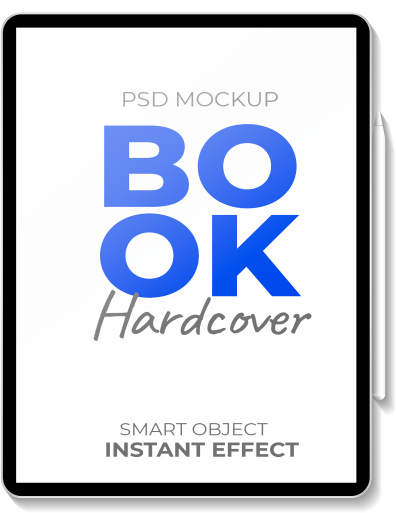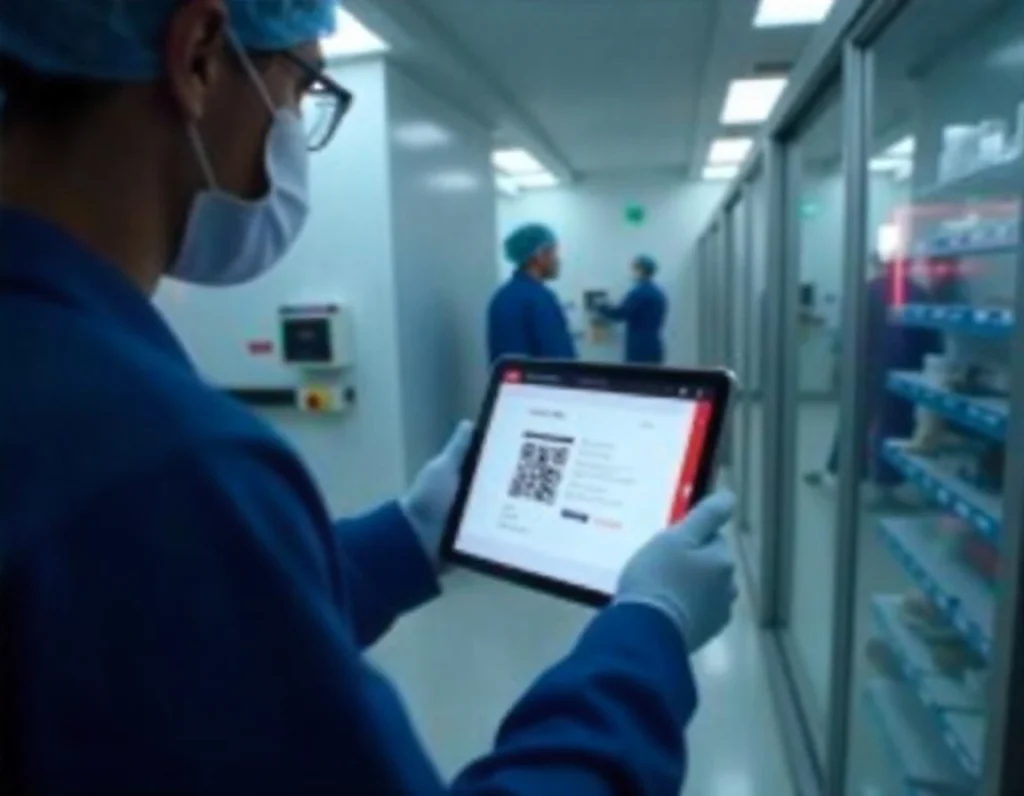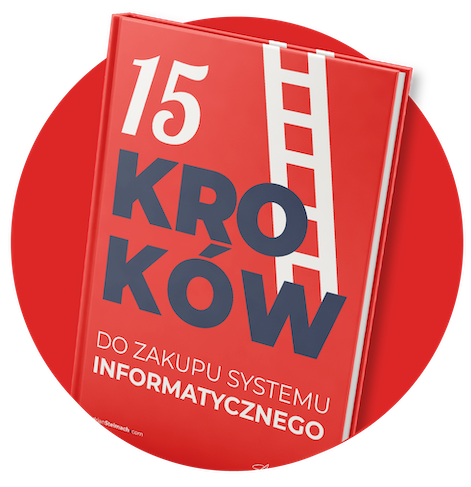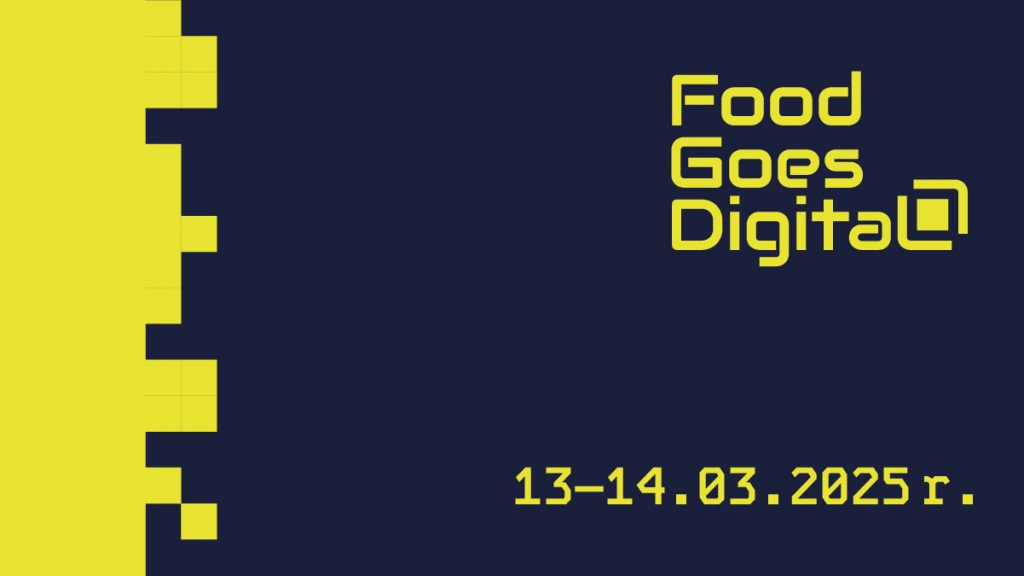
NEWSLETTER
Wpisz swój adres e-mail i zyskaj e-booka
Bez niechcianej poczty ani reklam
Tylko merytoryczne treści z obszaru digitalizacji produkcji

Product Passport (Digital Product Passport) is a digital tool that collects and provides detailed information about a product. It includes information about the origin of raw materials, the manufacturing process, carbon footprint, as well as recyclability and regulatory compliance. It responds to the latest European Union regulations on product identification. The introduction of the DPP is intended to increase transparency and improve recognition in the supply chain.
Using QR and NFC technology, the product passport can be easily accessible even offline to consumers, manufacturers and regulators. As of 2026 the first industries, such as electronics, textiles and battery manufacturing, will be required to implement them. Subsequently, the requirement will be imposed on more sectors.

The digital product passport acts as a data register. In this way, it allows accurate tracking of each product’s history. Some of the most important information it collects include:
– origin of raw materials – source of materials, history of acquisition and description of properties.
– compliance with legal standards and certifications – e.g. ISO standards, EU regulations, environmental certifications.
– durability and maintenance – expected life, repairability, service recommendations.
– carbon footprint and environmental impact – documentation of CO₂ emissions, energy and water consumption.
– recycling and disposal – instructions for proper end-of-life handling.
With product passport , both manufacturers and consumers can gain quick access to reliable information. This has a significant impact on improving logistics processes, quality control and regulatory compliance.

Get 5 chapters of the book for free!
Join the newsletter and gain access to 40% of the book
“15 Steps to Buying an Information System“.
Implementation of the solution brings a number of benefits, among which are:
1. better traceability and transparency.
The product passport allows to fully trace the origin and history of a product. This can be crucial in industries requiring stringent quality control, such as pharmaceuticals, automotive and food.
2. production optimization and automation.
Integration of DPP with MESand ERP systems allows automatic quality monitoring and real-time detection of irregularities.
3 Ensure regulatory compliance.
With a digital product passport, companies can more easily take care of certification requirements and meet EU regulations for a closed-loop economy.
4 Reducing environmental impact.
DPP contains information oncarbon footprint and recycling. This can help facilities better manage resources and minimize waste.
5. increase consumer awareness.
Access to the product passport allows consumers to make more informed purchasing decisions, increasing trust in a brand.
While there are many benefits to a digital product passport , its implementation also comes with some challenges. Among the most commonly cited are:
As I mentioned earlier, the first industries to be covered by the product passport implementation will be electronics, textiles and batteries. After that, the standard will cover more sectors, such as automotive, construction and packaging.
In the future, product passport may become a global standard for product data management, streamlining logistics and customs procedures. It is also possible to use blockchain technology to improve data security and reliability.

Want to better understand, how to implement a digital product passport in the food industry?
You are invited to the Food Goes Digital conference, organized by explitia and MPDV. The event will be a great opportunity to learn the ins and outs of DPP implementations, as well as to discuss topics related to the use of modern technology in the industry.
Are you interested in modern technologies in industry? Be sure to check out the other posts on my blog and also my videopodcast Digitalizuj.pl. If you have any questions – feel free to contact me through the form.